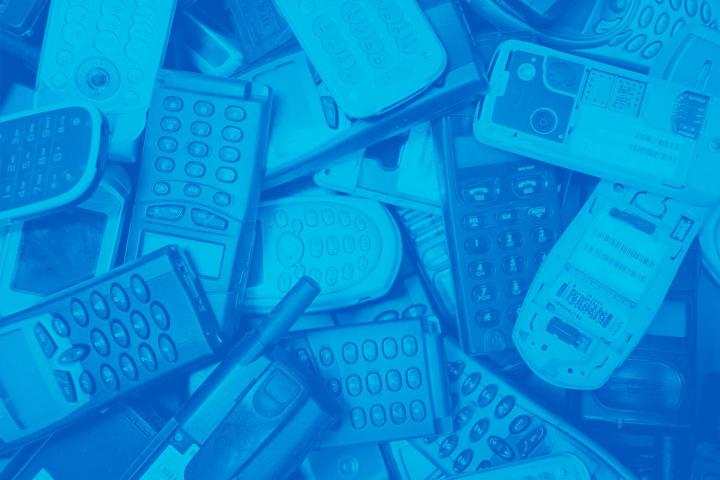
“Gold is used for electrical contacts and micro-electronic components in our phones,” Professor Jason Love, of the University of Edinburgh’s School of Chemistry, told Digital Trends. “But you also have a lot of other metals, such as copper, iron, tin, lead, silver, platinum and others. You’ve got a whole range of metals and these are frequently present in much higher concentrations. For example, the amount of copper in a mobile phone is 8,000 times that of the gold content. The challenge is removing the gold, which is the valuable bit, while leaving everything else behind.”
But when you’re dealing with gold in these tiny quantities how much can there really be in a pile of old cellphones? Quite a lot, as it happens. Each year, an estimated 300 tons of gold is used in electronic devices, while an estimated 7 percent of the world’s gold is thought to be found in electrical waste like phones, televisions and computers.
“A lot of mobile phones are shipped to places like Ghana and Bangladesh where they are taken to bits, and certain techniques that are not particularly environmentally friendly are then used to recover the valuable metals,” Love said. “To me, it seems that there’s a great societal benefit if we’re able to use a process that’s much more environmentally friendly and less toxic.”
The process Love and his fellow researchers have pioneered involves first placing the phones’ printed circuit boards in a mild acid, which dissolves their metal parts. An oily liquid containing the chemical compound is then added, which results in the gold extraction.
But Love’s not convinced we’re all going to become amateur chemists in the name of a new gold rush.
“It’s possible that you could do this in your kitchen if you’ve got the right materials,” he said. “But you’ve got to remember that one phone only has about one-third of a gram of gold in it, which is worth about [$4]. This is all about a question of scale. What you want to do is to collect a lot of waste electronics together and then do this on a large scale. It all comes down to economics in terms of the value of the metal and the price of your reagents and time taken. It’s not something people will necessarily be rushing to do at home.”
Editors' Recommendations
- Victim of Zoombombing? You may have some cash coming your way
- The Amazon rainforest is burning, but there’s a way you can help from your desk


